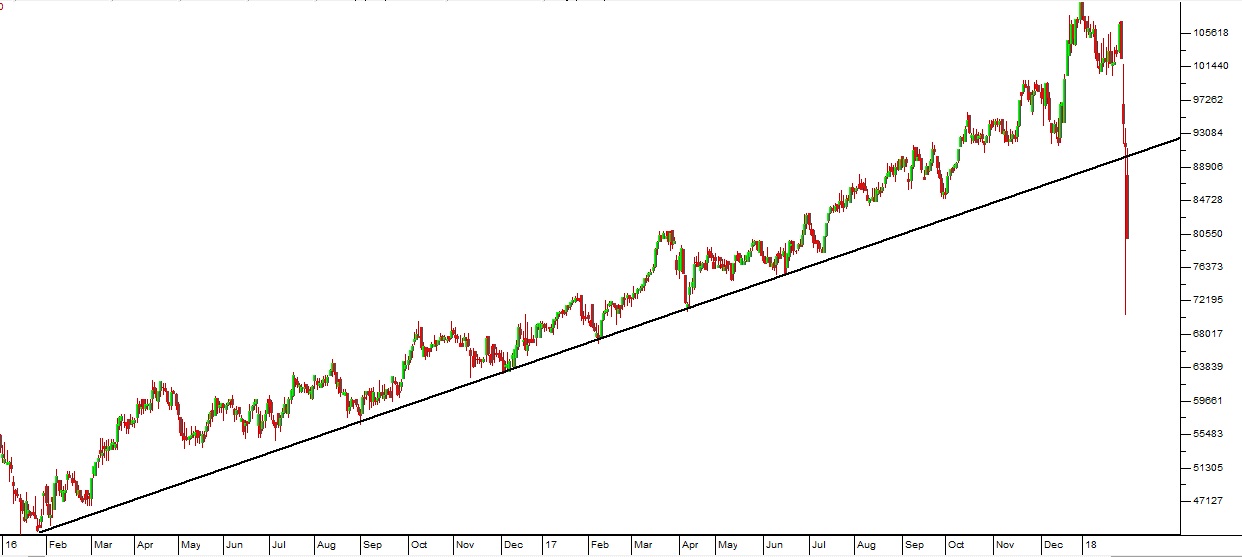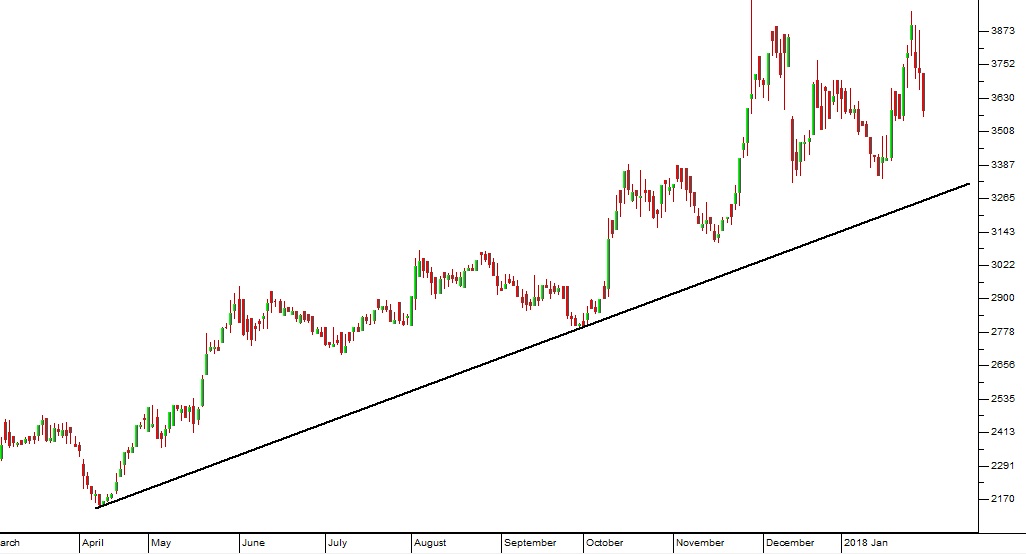Viceroy and Capitec
1 February 2018 By PDSNETThe second Viceroy report on Capitec Bank may be a miscalculation. It is difficult to tell. On the face of it, there is nothing wrong with Capitec. It is extremely well-managed, strongly capitalised and has its parent company, PSG, and the South African Reserve Bank to support it. But can you be certain? The extraordinary events of 26th, 29th and 30th January are typical of the type of difficulty that private investors occasionally experience in the market – a high quality share which is not behaving as it should. Of course, following the Viceroy revelations about Steinhof, investors are feeling very skittish about anything that Viceroy does and so when their report on Capitec came out, investors ran for the hills. The report was issued on 30th January, but the share started to fall heavily three days earlier on the 26th – showing that someone knew what was happening and traded on their insider knowledge. The share price collapsed from over R1000 to about R700 in a few days. The CEO was not slow to say that he disagreed with the Viceroy report – and he certainly didn’t resign like Marcus Jooste did at Steinhof. But how can you be certain? What should a private investor do in this type of situation. We suggest three simple ideas:
- The major difference between Capitec and Steinhof is that Steinhof had been falling for over a year before the Viceroy report was published and it collapsed. No one using a stop-loss strategy would still have been in Steinhof when the collapse took place.
- Never stop out of a share until it closes below your stop – in other words do not pay too much attention to the intra-day froth in the markets. Focus rather on the closing price.
- Once you are well “in-the-money” on a high-quality share investment you can use the long-term trendline to give you your final stop level. In the case of Capitec this would have given you a stop of around 90000c – consider the chart:

Capitec (CPI) January 2016 to January 2018 - Chart by ShareFriend Pro
You can see here that despite the massive intra-day sell off, the Capitec share price actually closed above its long-term upward trendline at 91592c on the 30th. This was because large institutional investors and other professionals quickly snapped up everything that was available for less. However, when the share fell further on the 31st it broke clearly though that trendline, indicating that something serious was probably wrong with Capitec and giving some credence to the Viceroy report. Of course, there would have been nothing to stop you from selling Capitec before it reached its stop. Your stops are your final last-ditch strategy to protect your capital, but selling earlier because you are nervous or you have a “bad feeling” can be good. Remember, when you sell you are only forgoing possible future gains, whereas if you continue to hold you are risking actual capital. If you feel uncomfortable then it is always better to sell and watch and wait. Most high-quality blue chip shares have a long-term upward sloping trendline – like Capitec. Consider the chart of Dischem:
Dischem (DCP) April 2017 to January 2018 - Chart by ShareFriend Pro
Even though recently listed on the JSE, Dischem has established a very nice long-term upward-sloping trendline with two very clear touch points in April and September 2017. Using that trendline and projecting it forwards, we can establish a final stop-loss level at roughly 3300c now. From this chart you can see that Dischem has probably run a little ahead of itself since that last touch point in September, so you shouldn’t be surprised to see it correct back to that trendline. And if you paid, say 2500c for your Dischem shares, then the 3300c stop still leaves you well in-the-money. Nobody likes to be panicked into selling a really good share, but, at the same time, a private investor must always have a stop-loss level. If you just use a 10% stop off the highest price which the share reached since you bought it then you could well find that you are forced to sell a good investment prematurely. However, if that long-term trendline is broken then it is an indication that something is badly wrong and you should take your profit and get out. That is what you can learn from what happened to Capitec.DISCLAIMER
All information and data contained within the PDSnet Articles is for informational purposes only. PDSnet makes no representations as to the accuracy, completeness, suitability, or validity, of any information, and shall not be liable for any errors, omissions, or any losses, injuries, or damages arising from its display or use. Information in the PDSnet Articles are based on the author’s opinion and experience and should not be considered professional financial investment advice. The ideas and strategies should never be used without first assessing your own personal and financial situation, or without consulting a financial professional. Thoughts and opinions will also change from time to time as more information is accumulated. PDSnet reserves the right to delete any comment or opinion for any reason.
Share this article:
